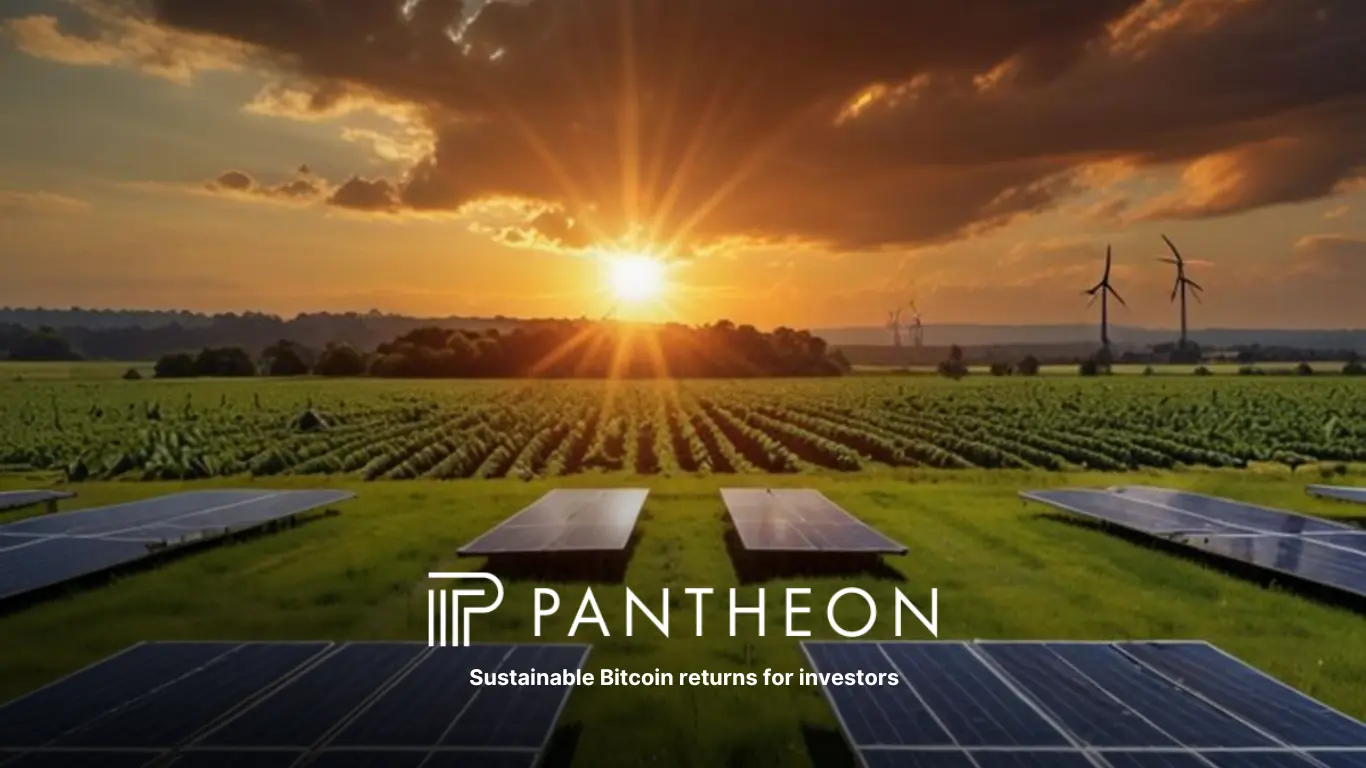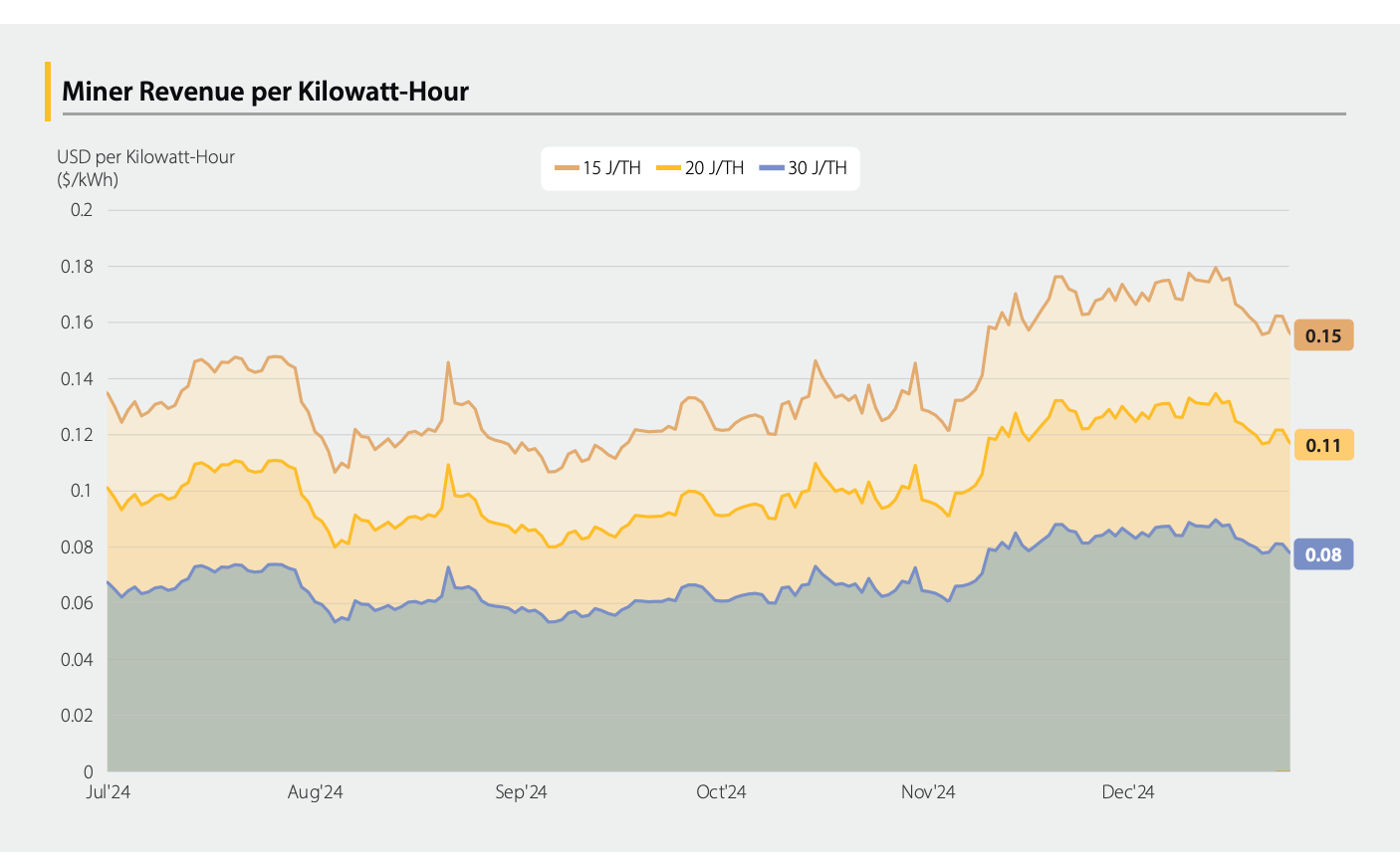
Across the world, vast amounts of energy go unused. From flared gas to curtailed renewables, billions of dollars in potential value disappear every year. Bitcoin changes that.
By converting surplus or stranded energy into a liquid and portable asset, Bitcoin transforms waste into measurable financial output. Mining is the mechanism behind this process. It allows producers to sell power directly to the global market, turning local inefficiency into global opportunity.
The International Energy Agency estimates that more than 140 billion cubic metres of natural gas are flared each year. This is enough to power entire regions, yet it provides no return to producers or governments. Renewable energy projects also face curtailment when generation exceeds grid demand.
Traditional energy markets have limits. Transmission capacity, geography, and grid stability all restrict how energy can be sold. When demand drops or infrastructure cannot absorb supply, power is wasted. Bitcoin mining provides a practical solution.
Bitcoin mining acts as a flexible energy buyer, operating wherever power is available. It converts unused or underpriced electricity into value through computational work that secures the network.
This process turns surplus energy into liquidity. Producers can stabilise revenue and reduce waste while keeping complete control of their operations.
According to the Bitcoin Mining Council (2023), global mining consumes around 266 TWh of electricity each year, only 0.16% of the world’s total energy use of 165,000 TWh.

Data shows that Bitcoin operates alongside existing energy markets and uses marginal capacity that often remains idle. It turns unused power into a globally tradable asset.
To learn how Bitcoin supports renewable integration and modern energy infrastructure, read Bitcoin’s Role in Transforming Global Energy Systems.
Bitcoin mining uses electrical power to verify transactions across the network. Each successful computation earns a fixed reward in Bitcoin. In practice, this allows energy to be priced and sold directly into the network without intermediaries.
This process links energy efficiency with profitability. The lower the cost and the cleaner the source, the higher the margin. Mining aligns economic incentives with efficient energy use, turning surplus or underpriced energy into sustainable income.
As miners optimise power use and hardware, energy becomes the key input linking power directly to profit.
Bitcoin mining converts electricity into a measurable stream of financial returns. Each kilowatt-hour of energy produces value, transforming what was once a utility cost into an income-generating asset.
This process gives energy a second function. Beyond powering infrastructure, it becomes a financial instrument that earns yield through computation. For investors and producers, it bridges the physical and digital markets and creates a new model of energy monetisation.
According to the Cambridge Centre for Alternative Finance (2023–2024), miner revenue per kilowatt-hour varies by hardware efficiency. More advanced systems generate higher returns per unit of energy, showing how innovation directly improves yield and long-term profitability.

This connection between energy and finance defines Bitcoin’s strength. It allows investors to treat power not as a cost but as a productive asset that generates yield within a transparent, global system.
According to Daniel Batten, around 52 % of global Bitcoin mining now runs on renewable energy, showing a steady move toward cleaner and more efficient power sources.
Institutional and high-net-worth investors now view mining as a bridge between the energy and financial sectors. It offers a direct path to own infrastructure that earns yield in Bitcoin while supporting grid balance and renewable integration.
In an environment defined by rising energy costs and increasing digital scarcity, mining provides exposure to both stability and growth. It turns energy into a productive, income-generating asset.
To learn how Pantheon Mining provides direct access to institutional-grade Bitcoin mining infrastructure, contact our team for more information.
Bitcoin has created the first global market for surplus energy. Mining converts power into a transferable store of value, allowing producers and investors to capture what was once lost potential.
At Pantheon Mining, we build and operate high-efficiency mining infrastructure that allows investors to access this opportunity directly.
To learn more about how Bitcoin can transform power into wealth, contact our team today.
The contents of this analysis are for informational purposes only and do not constitute investment advice. The study is based on the author's opinions and assumptions and may not reflect the actual state of the market or the future outcomes of any investment. The author is not a financial advisor and assumes no responsibility for the information's accuracy, completeness, or suitability.
Bitcoin investments are subject to high risks and volatility. The prices can fluctuate significantly due to factors such as supply and demand, regulatory actions, technological innovations, security breaches, hacking attacks, market sentiment, and global events.
Investors should be aware of these risks and conduct their diligence before making investment decisions.



